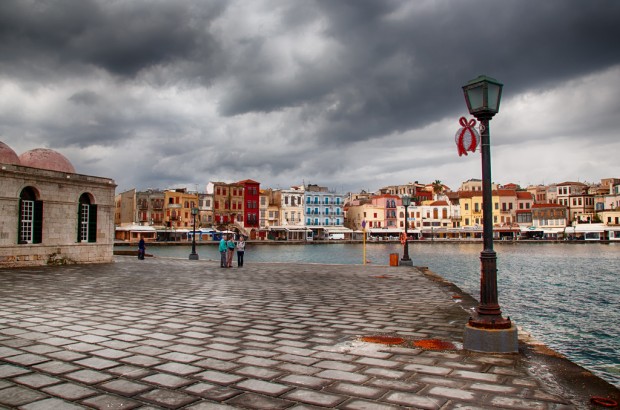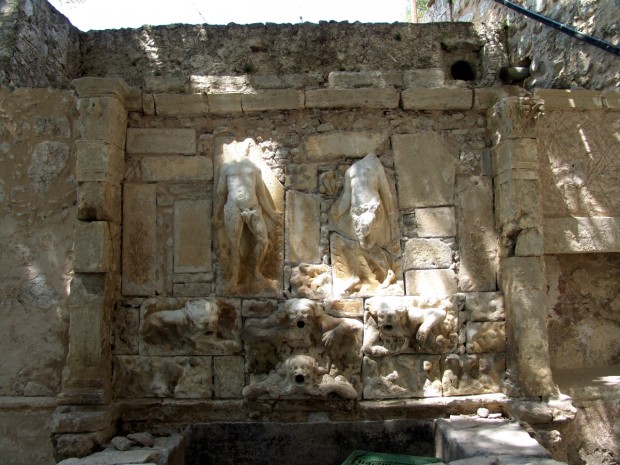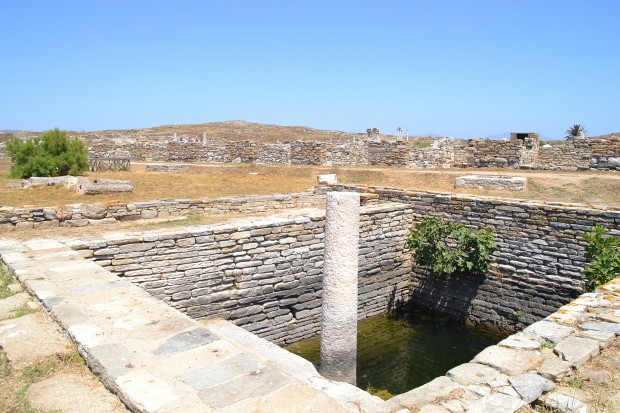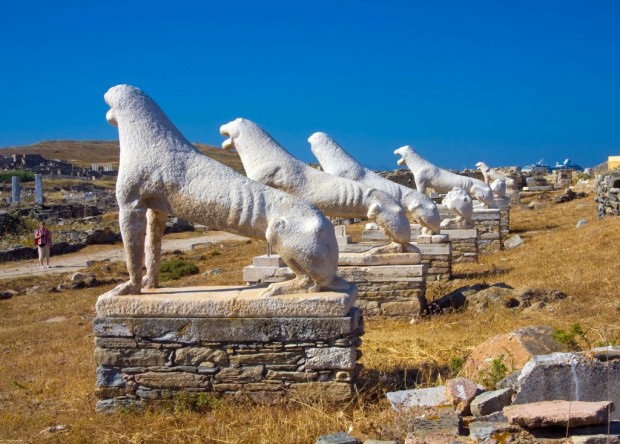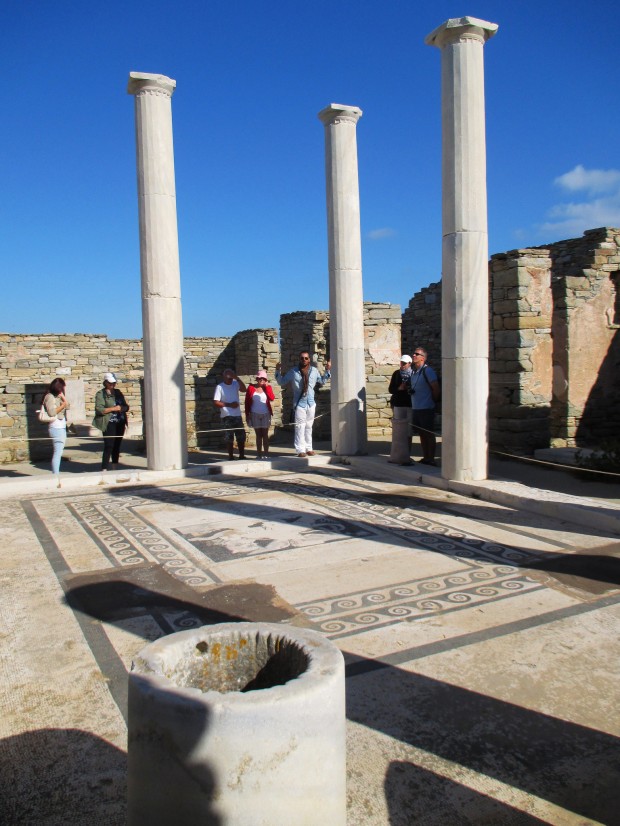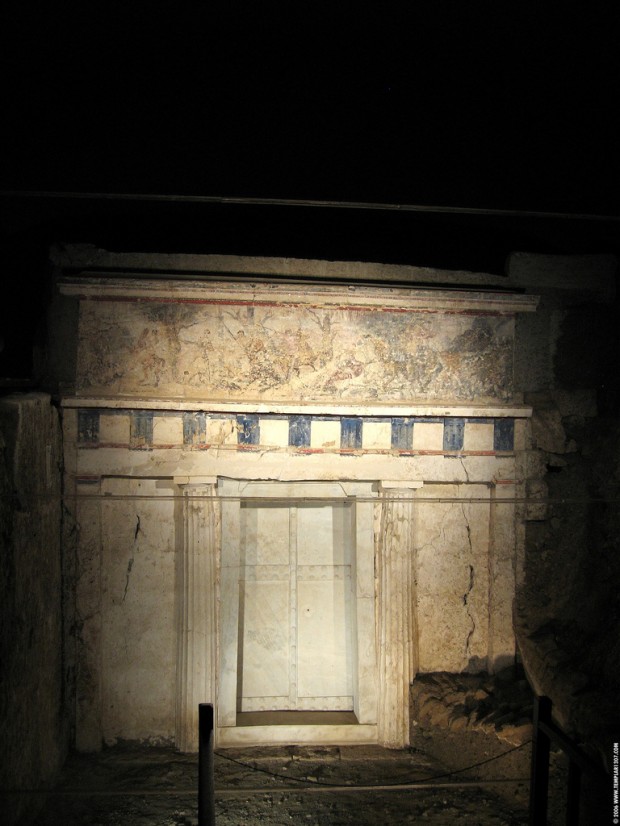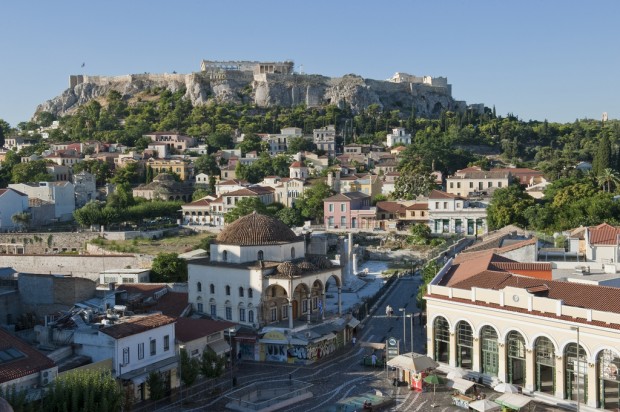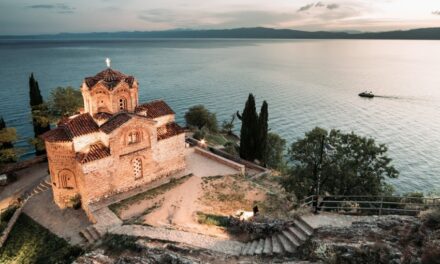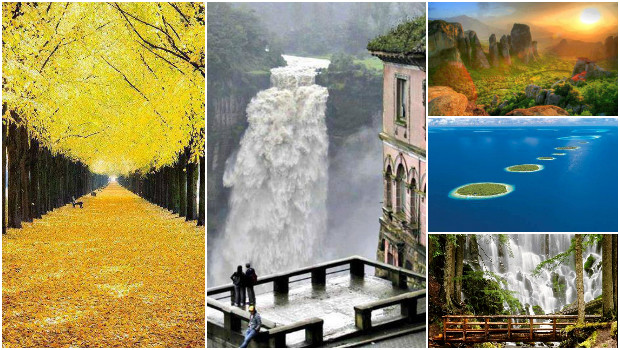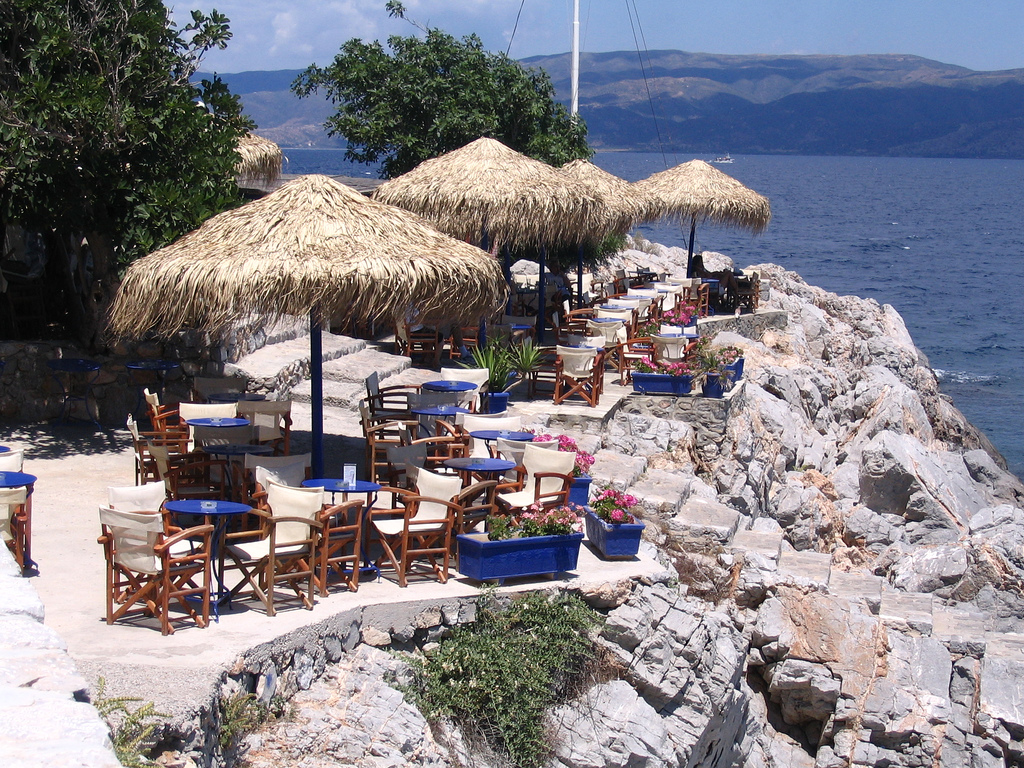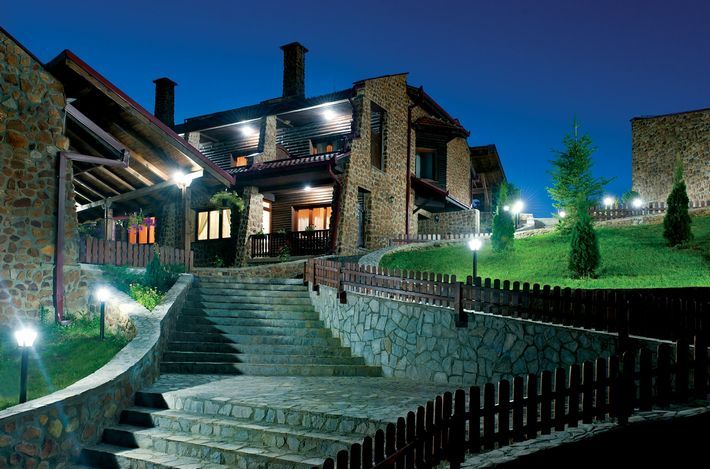It’s the idyllic beaches, tranquil atmosphere and beautiful weather that attract many people to Greece. However, just as many come to spend some time exploring this culturally rich country’s ancient ruins and temples.
Athens might be the first city that springs to mind for Grecian antiquities but in Greece there seems to be an archaeological site or piece of its 5,000 history around every corner. Almost twenty million people visit Greece each you. You should gain an idea of its remarkable past on your holidays to Greece and visit at least one of its historical sites.
On the island of Crete
Crete is the largest of the Greek islands and is a tourist favorite thanks to the beautiful beaches and relaxed pace of life. The island is also home to the Minoan Palace of Knossos, a labyrinth of twisting corridors, mysterious rooms and hidden stairways. The actual location itself was inhabited as far back as 6000 BC (Neolithic age) and the 22,000 square meter palace was built in 1700 BC after the destruction of the original palace. The monuments at this site include the Little Palace, the Royal Villa, the Grand Palace and the Royal Temple Tomb Sanctuary.
Chania
Image by Theophilos Papadopoulos via Flickr
Vrondisi Fountain, Heraklion
Image by Dimitris Agelakis via Flickr
Ancient ruins of Delos
A boat trip from the island of Mykonos to the scarcely inhabited island of Delos will reward you with the opportunity to view what is considered as one of the most important archaeological sites in Greece. The ancient Greeks considered Delos to be Greece’s holiest sanctuary and the island is home to a wealth of treasures. The relics, monuments and antiquities include the Minoan Fountain dating back to 166 BC, the Terrace of Lions and the second century House of Dionysus. Delos itself is a mere 3.43km² but holds so many artefacts that a second trip would be warranted.
Minoan Fountain
Terrace of Lions
Image by Nathan Hughes Hamilton via Flickr
House of Dionysus
Image by Gerry Labrijn via Flickr
Burial grounds of Vergina
Vergina is today’s name for the ancient capital of Macedonia in Northern Greece located in the foothills of the Pieran range. This archaeological site contains the remains of the monumental palace featuring beautifully preserved stuccoes and mosaics. There’s also a burial ground that stretches for miles and includes 300 burial tumuli (mounds) some of which date back to the 11 century BC. The site also holds a museum where visitors can view other antiquities and what is thought to be the tomb of Philip of Macedonia.
Tomb of Philip II of Macedon
Athens may contain some of the most well-known Grecian monuments such as the Parthenon and the ancient Agora, but a little research will uncover many lesser known ruins and temples. Greece is alive with history and a day out exploring these relics of the past makes a great alternative to the beach.
Athens
Image by Visit Greece via Flickr

